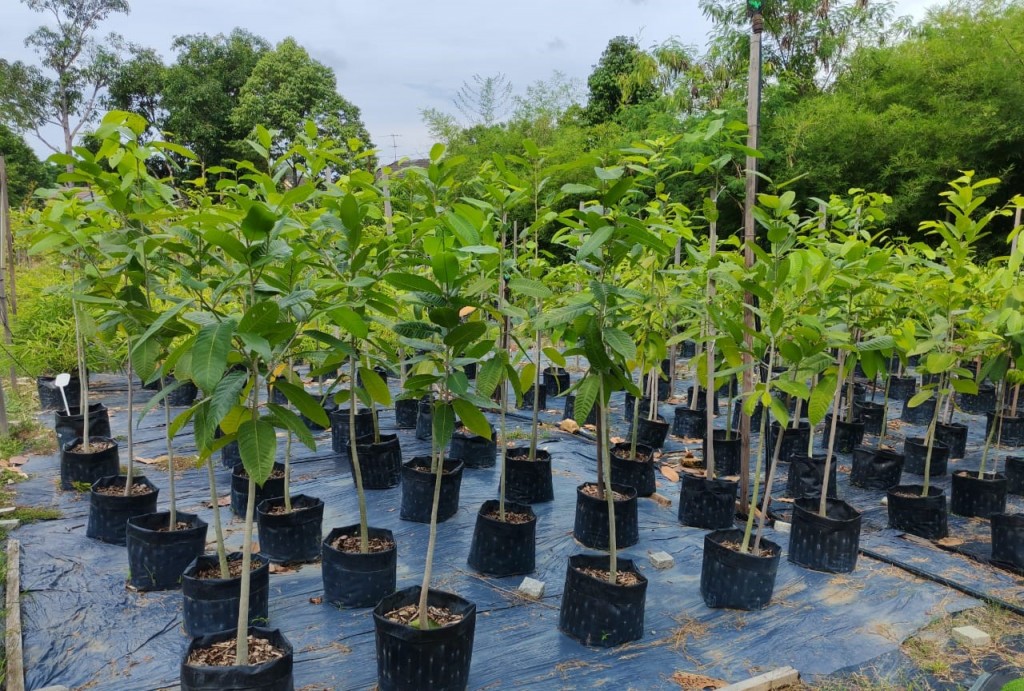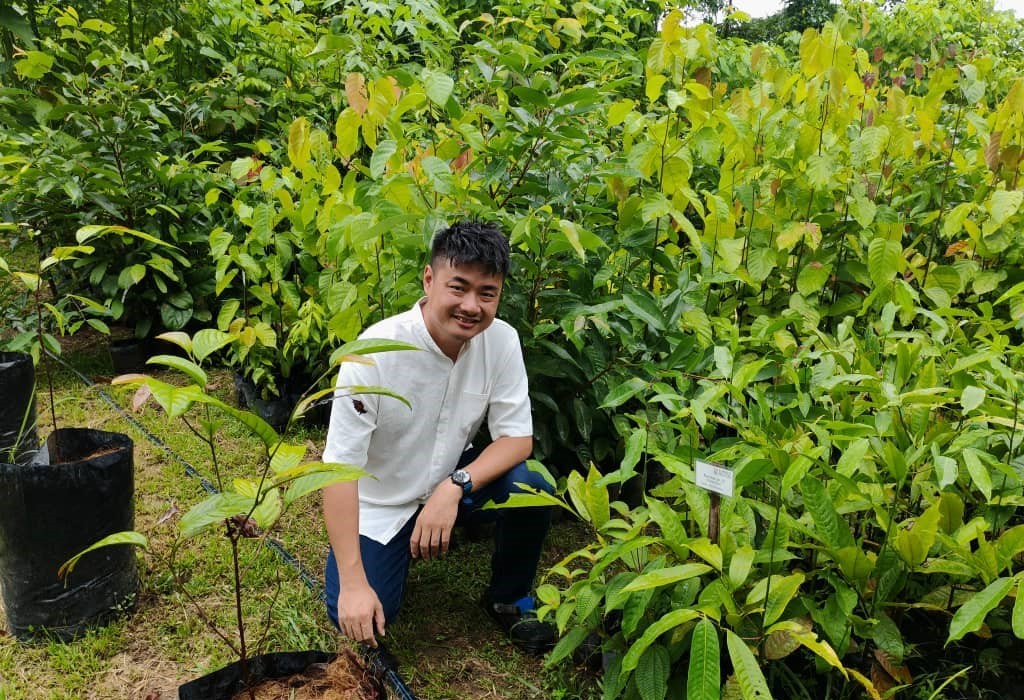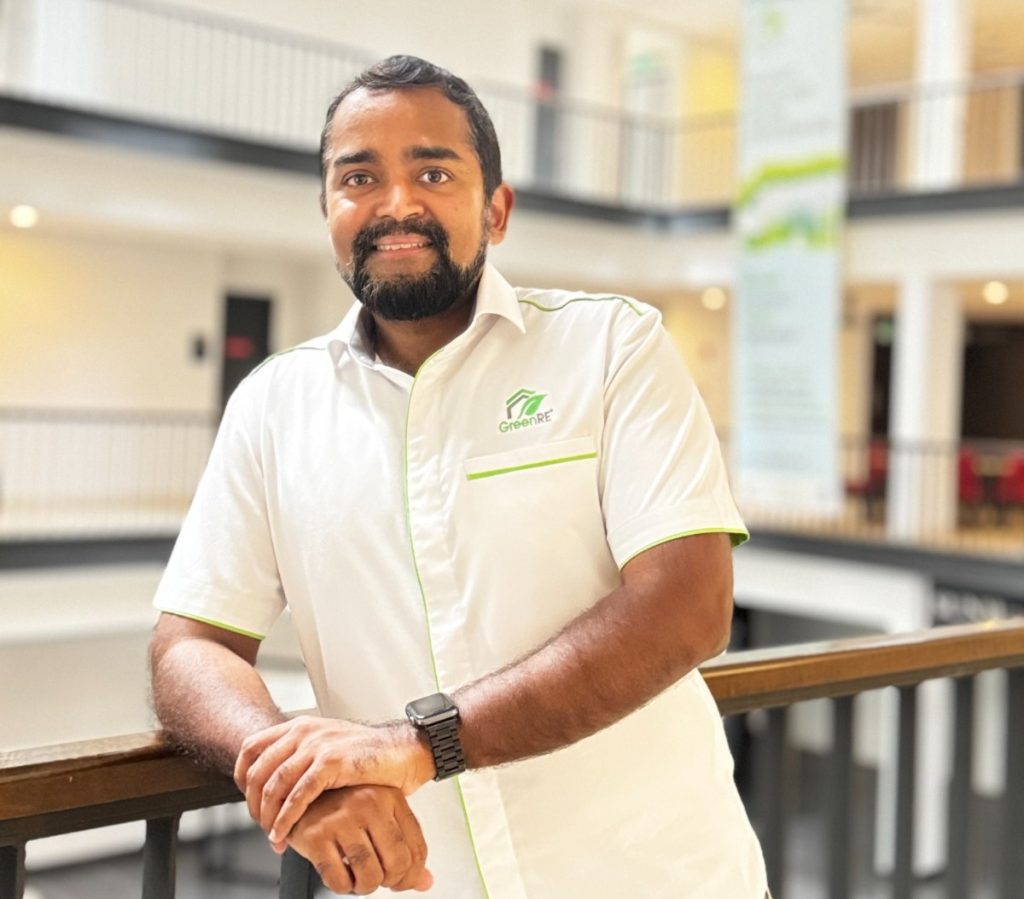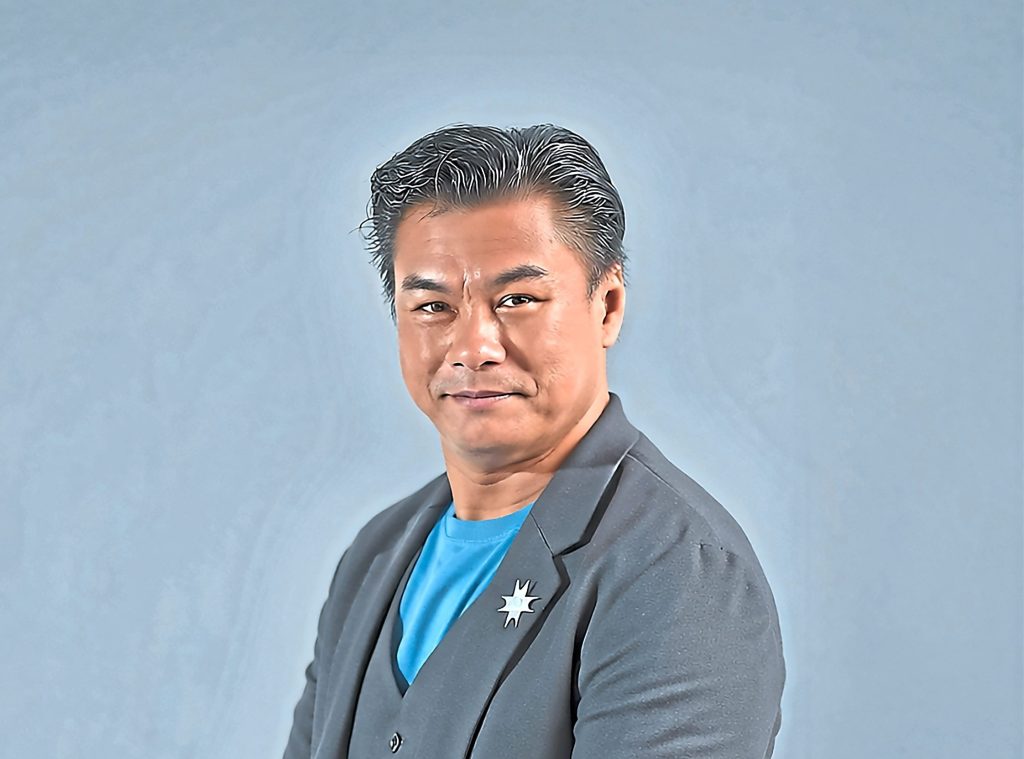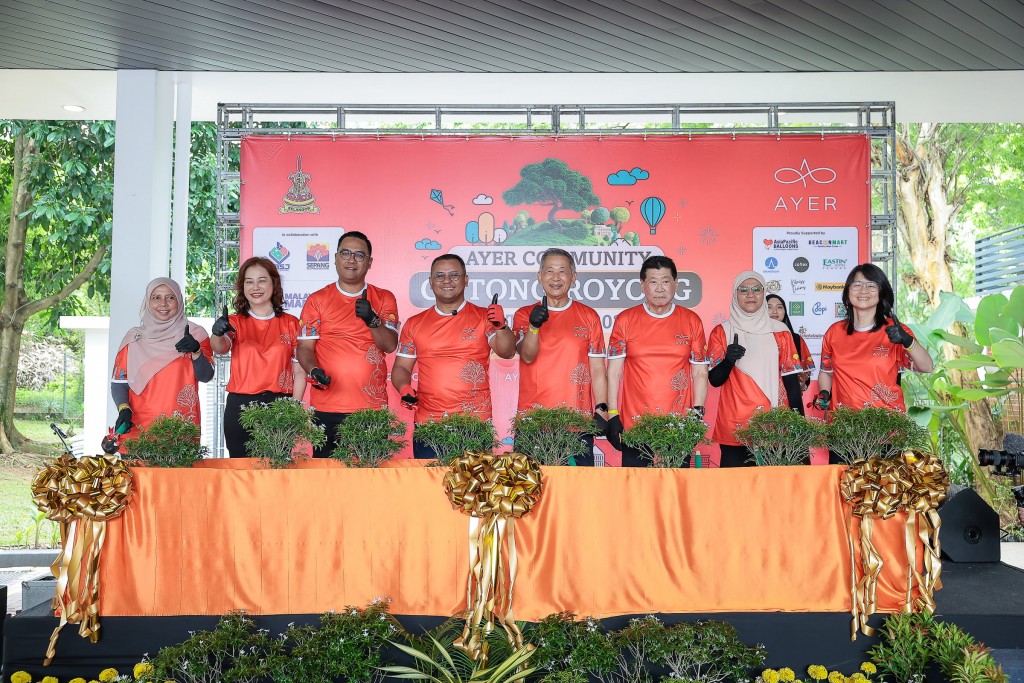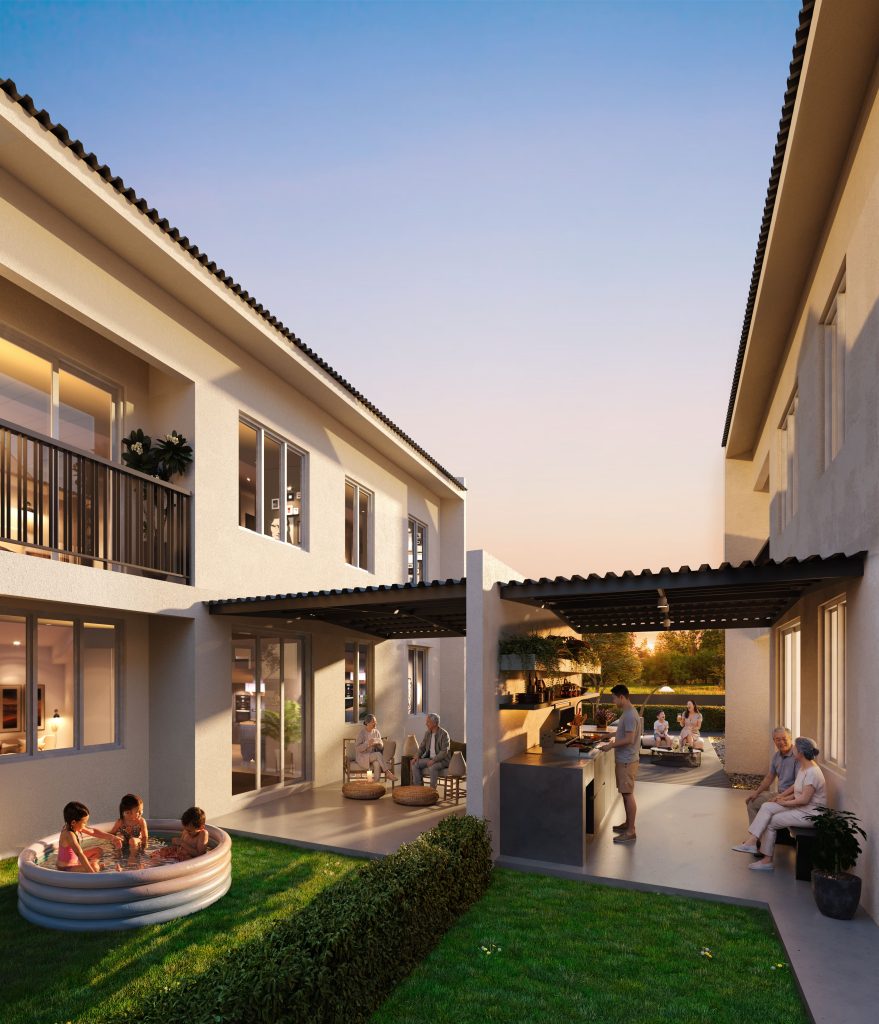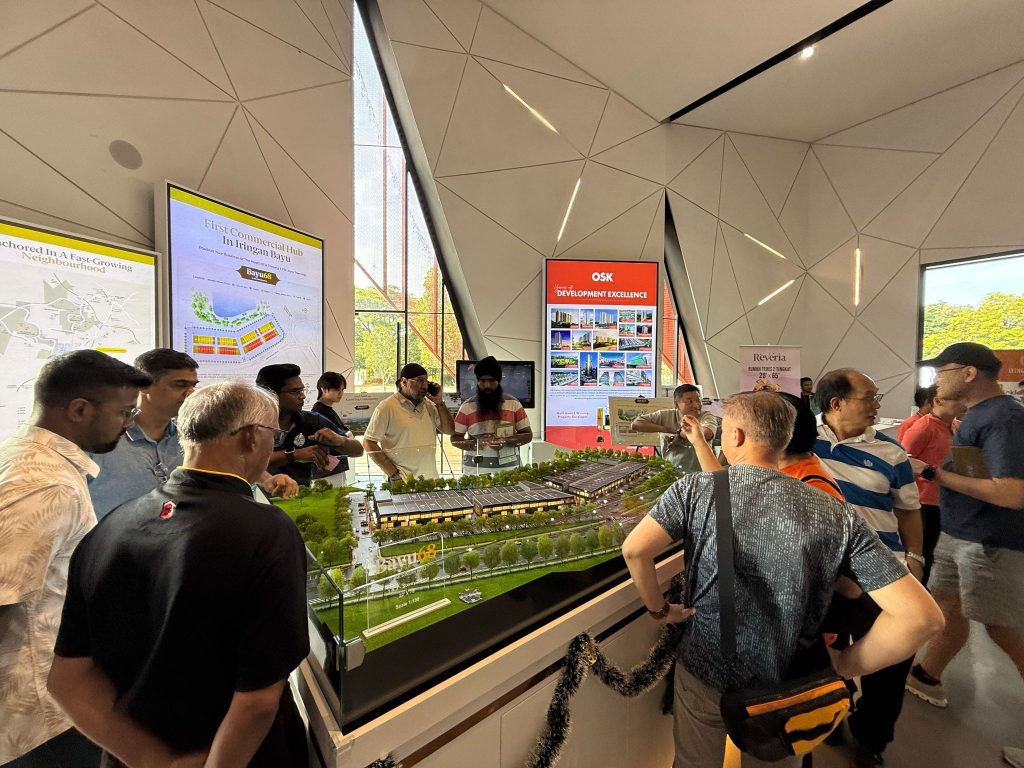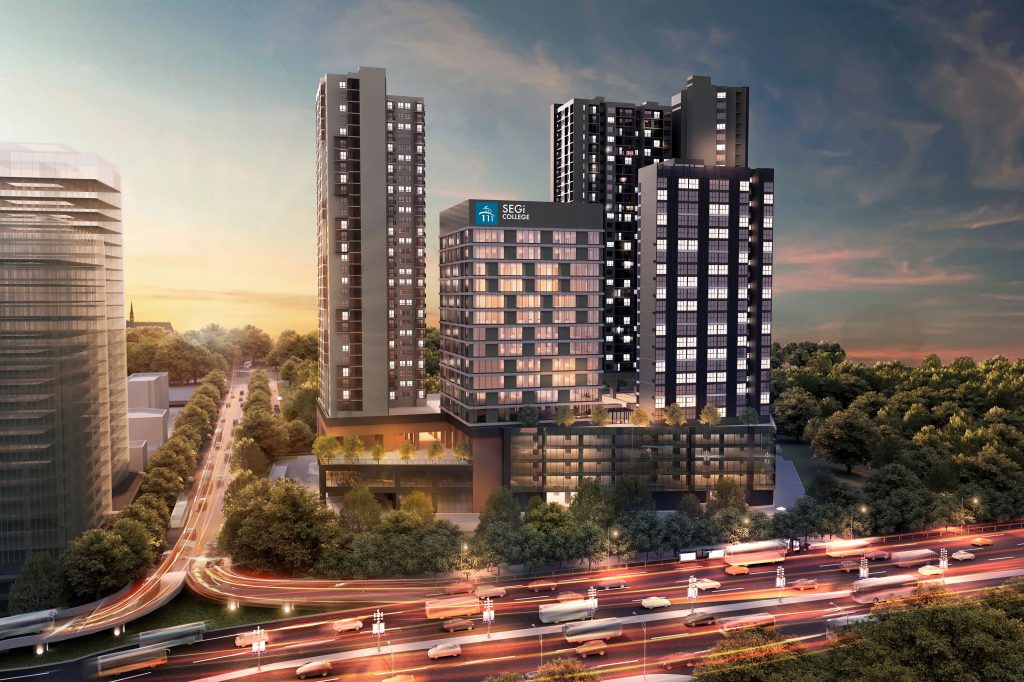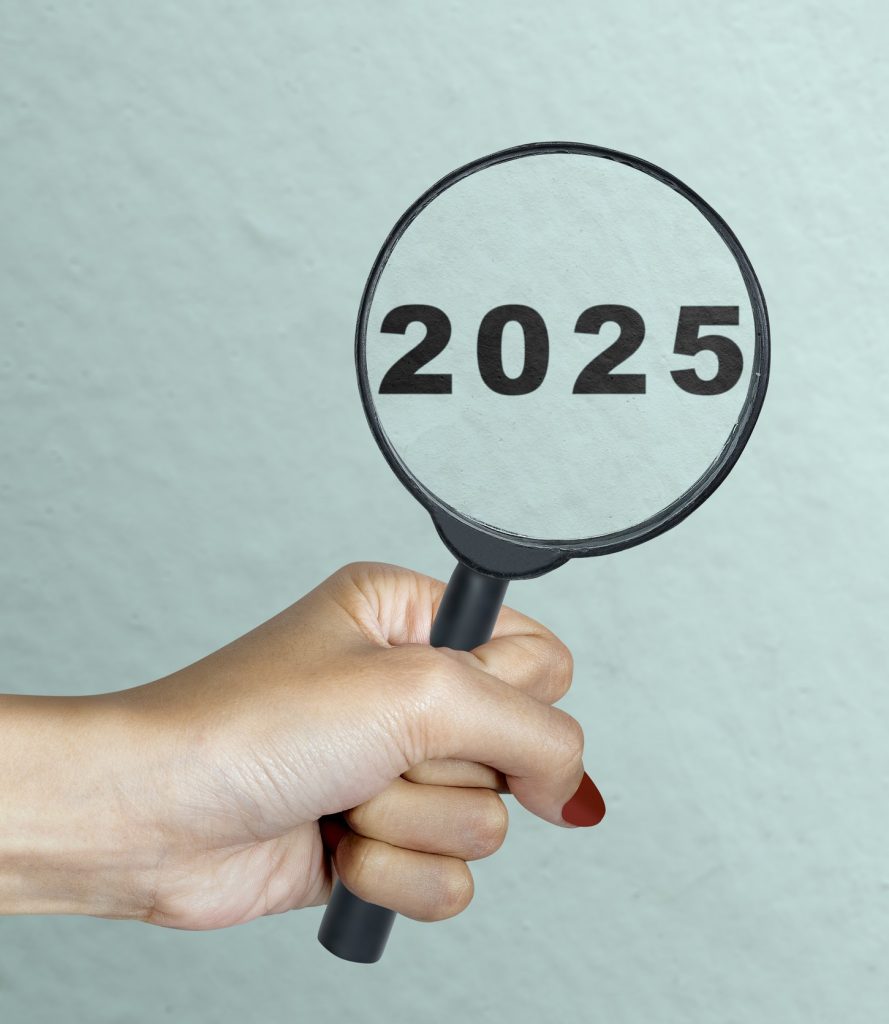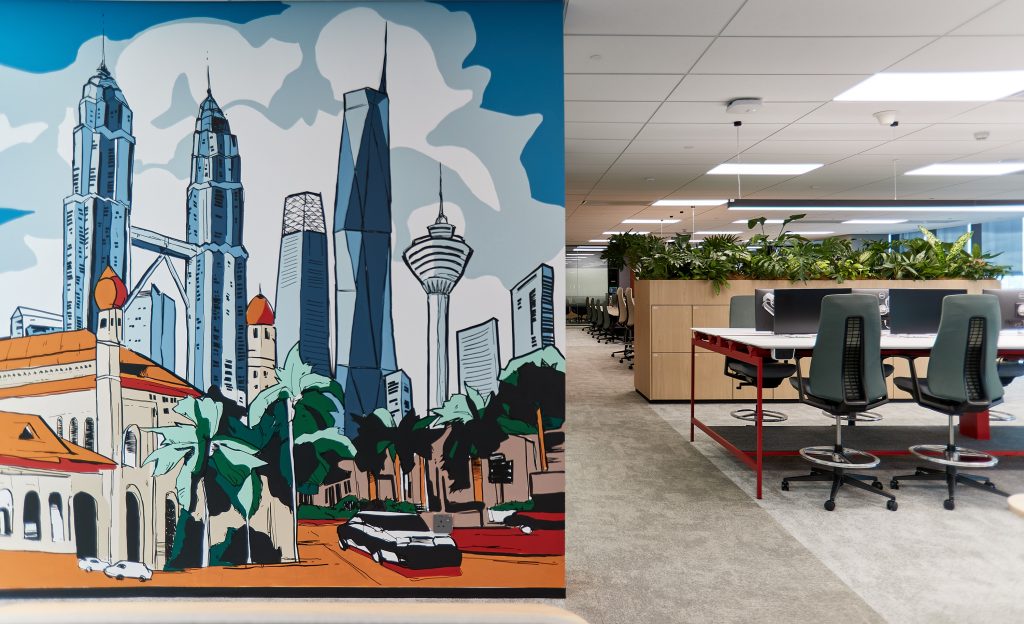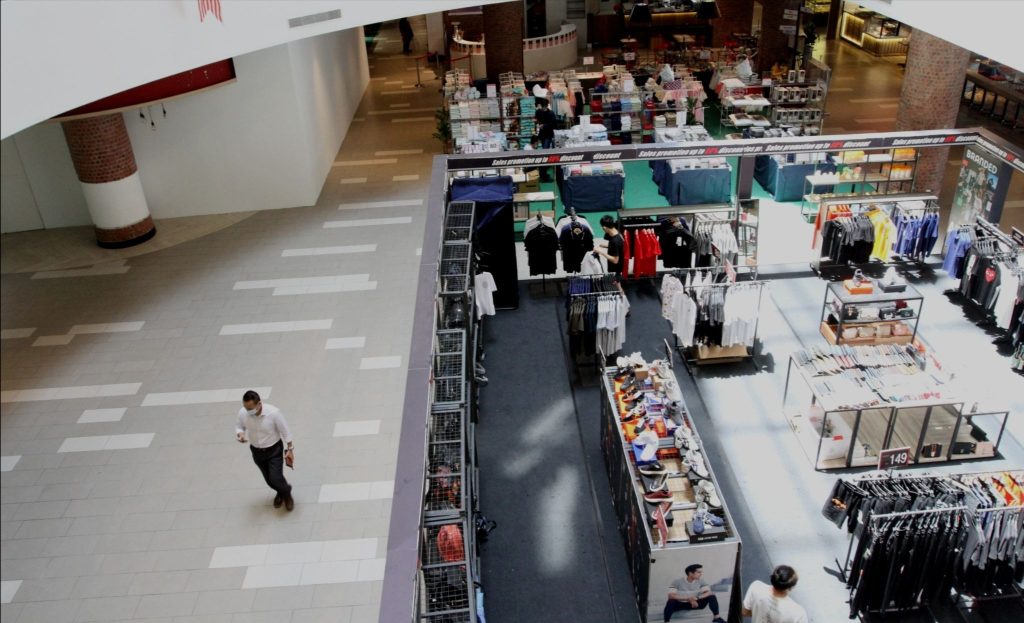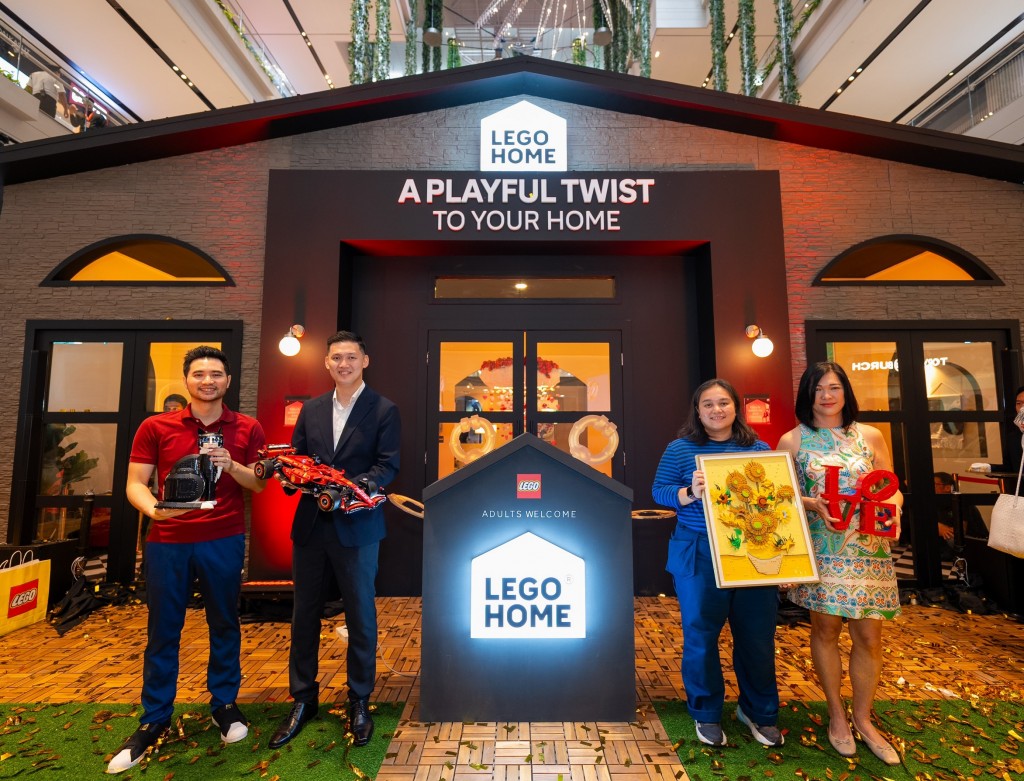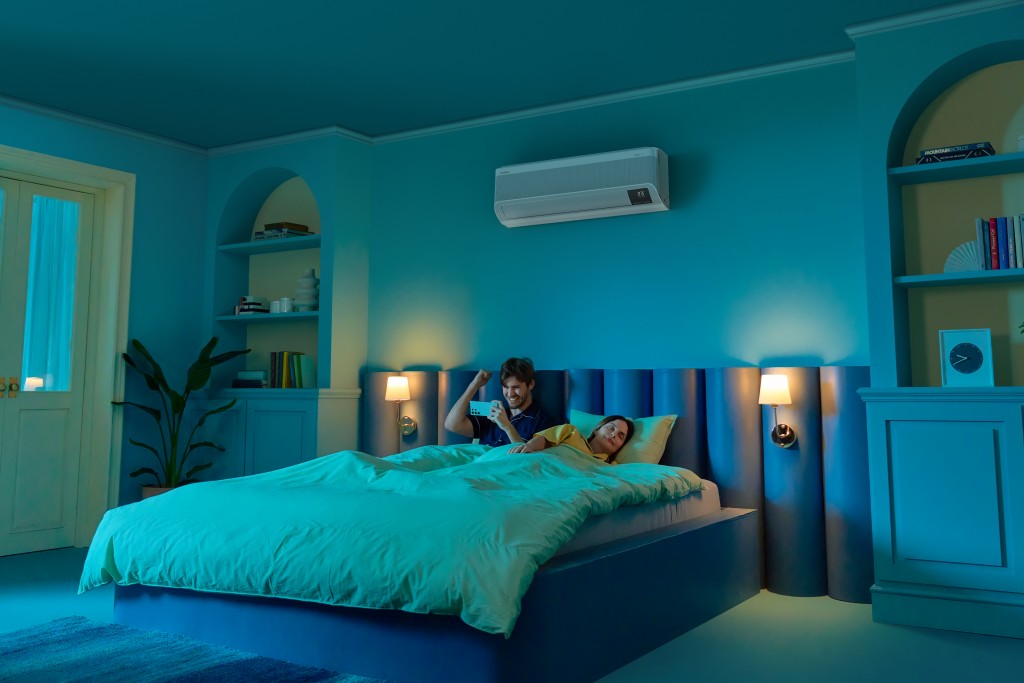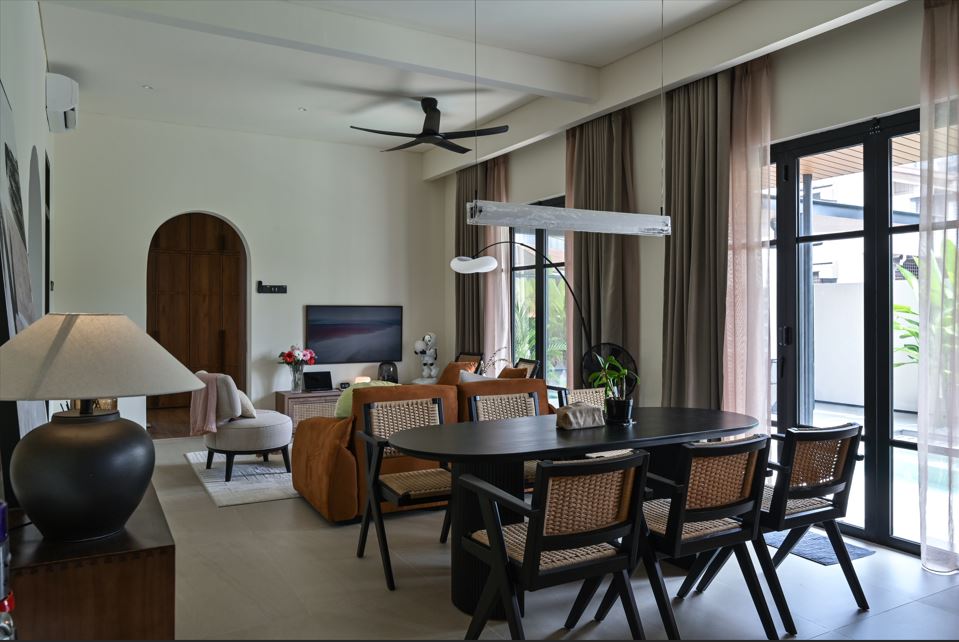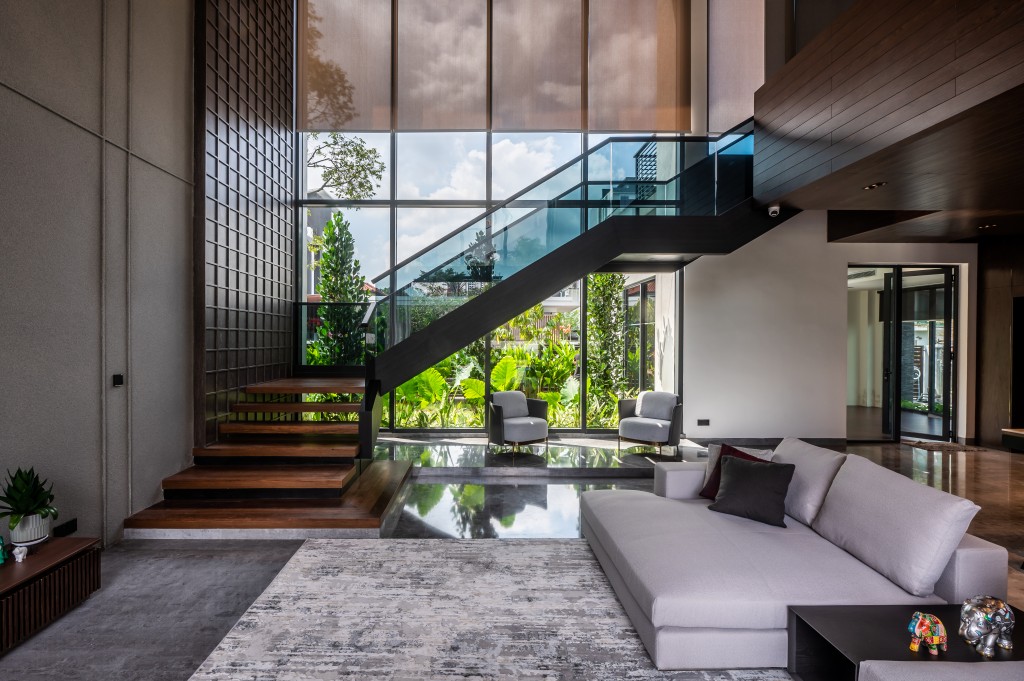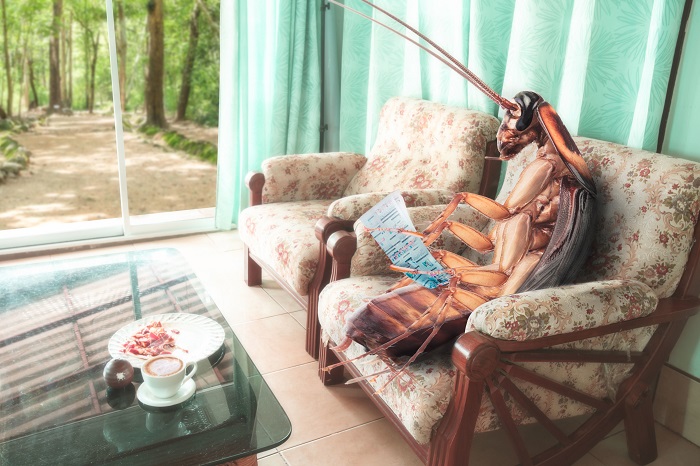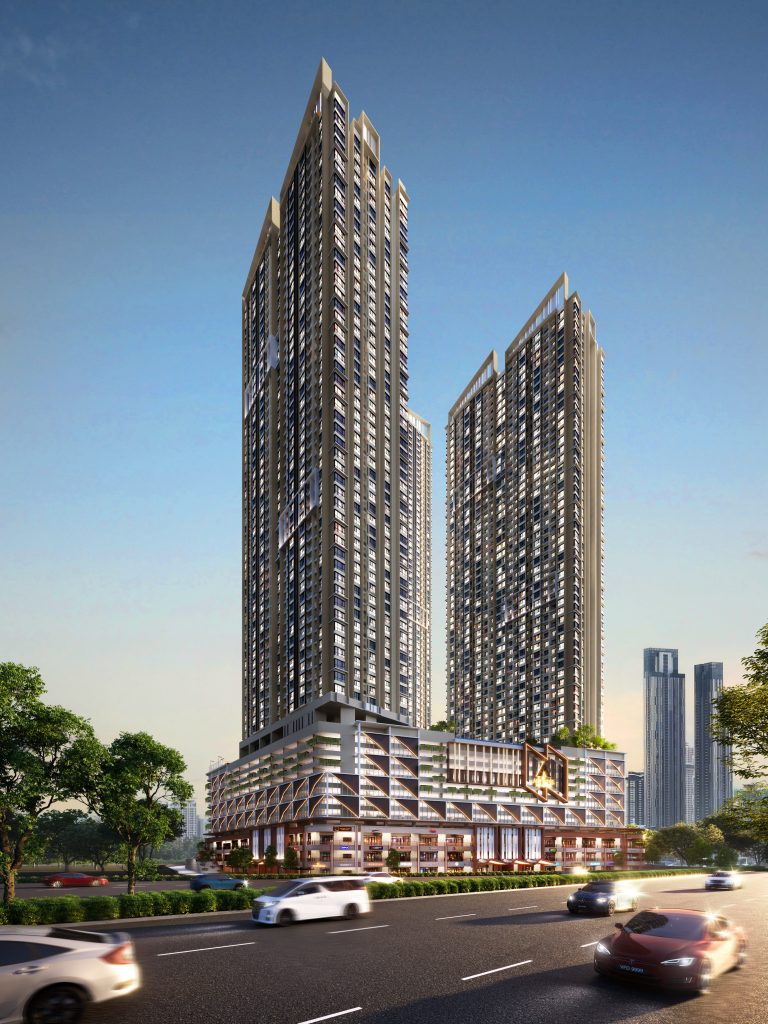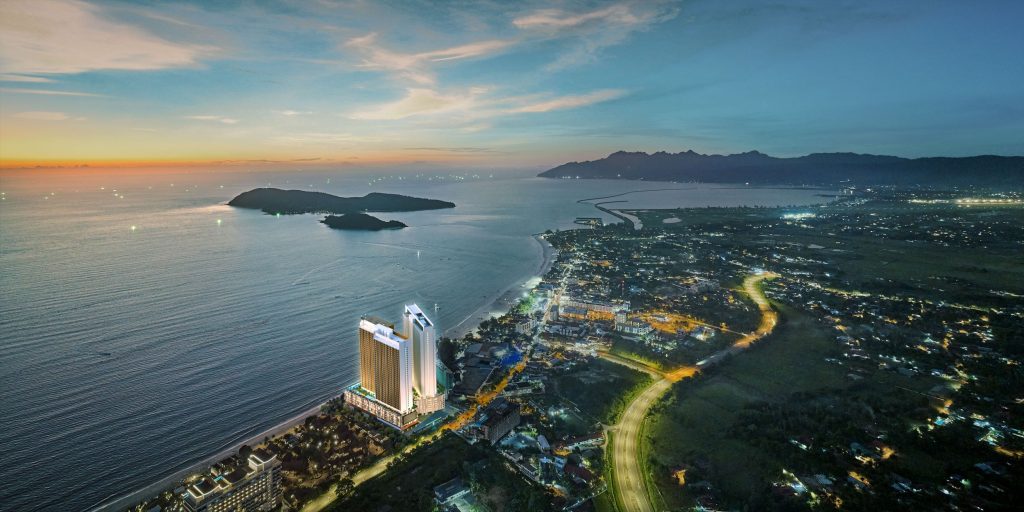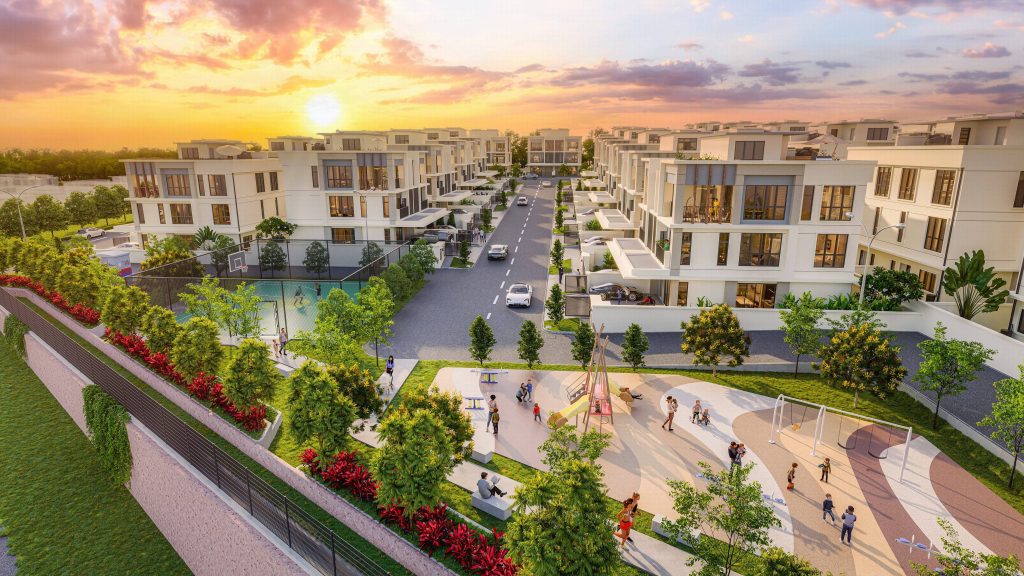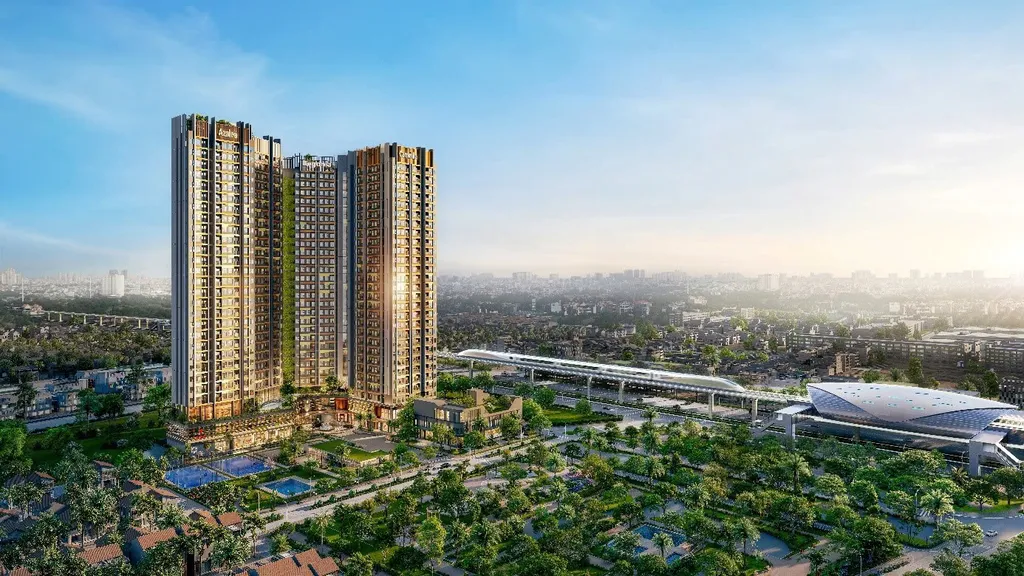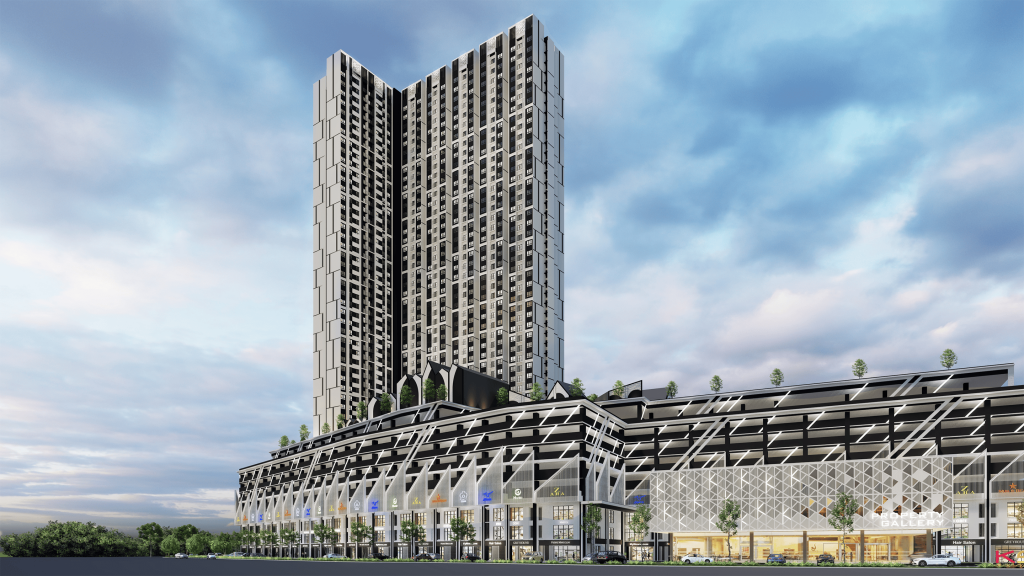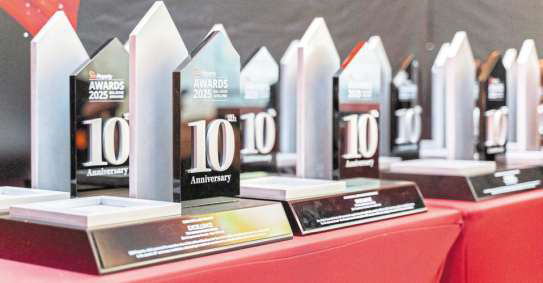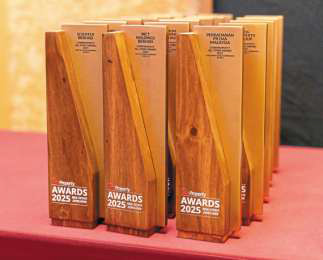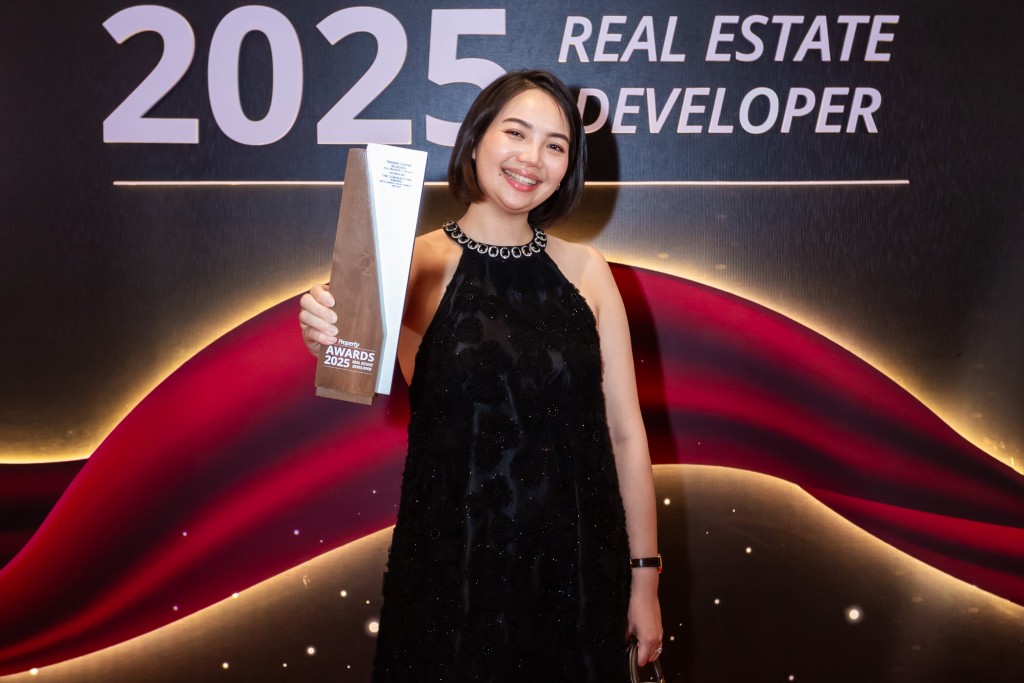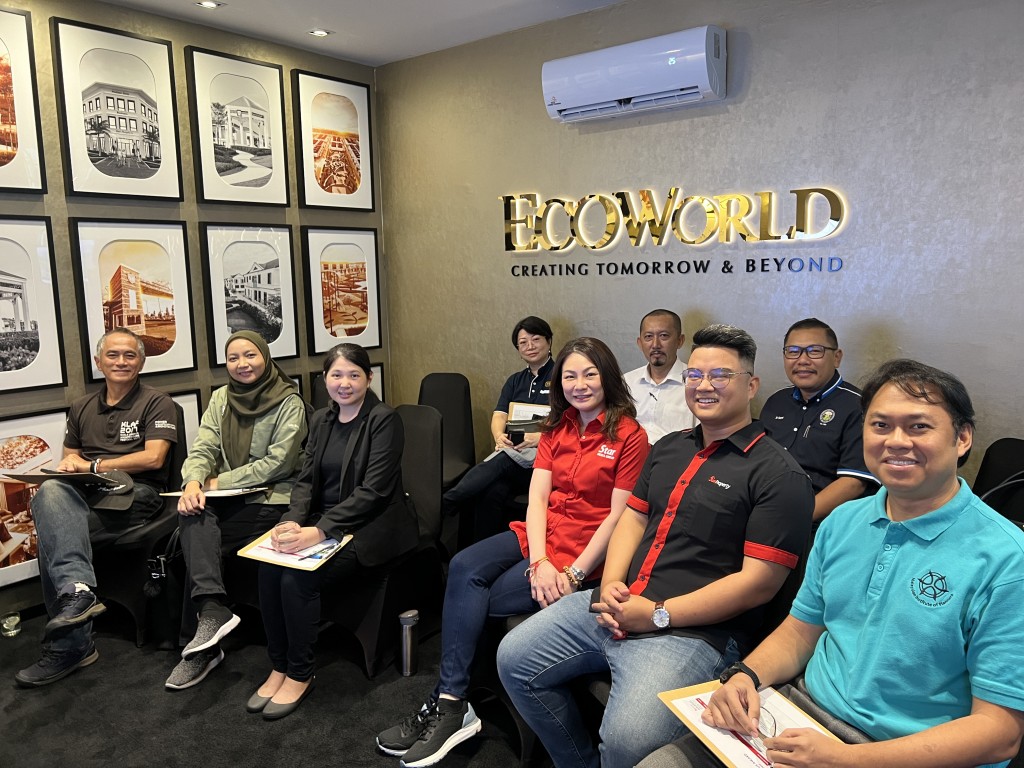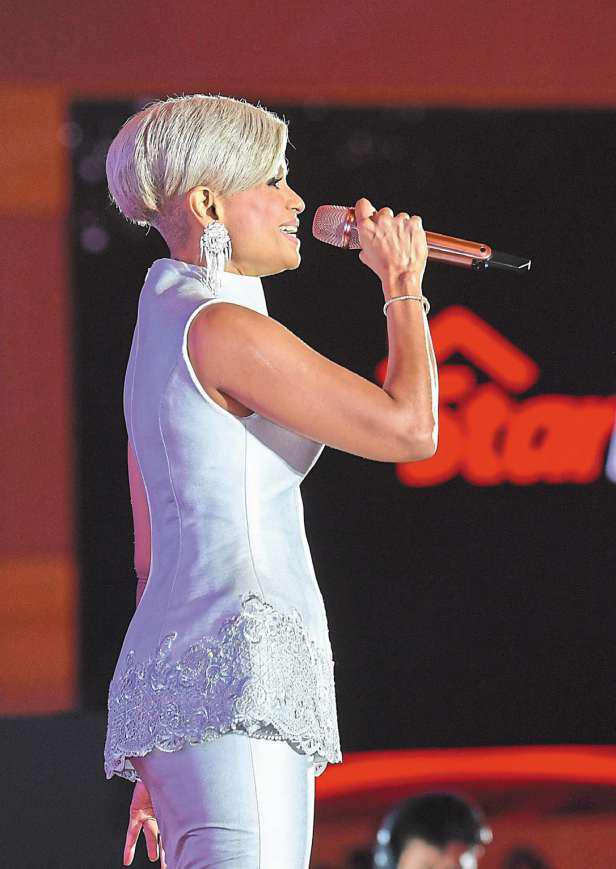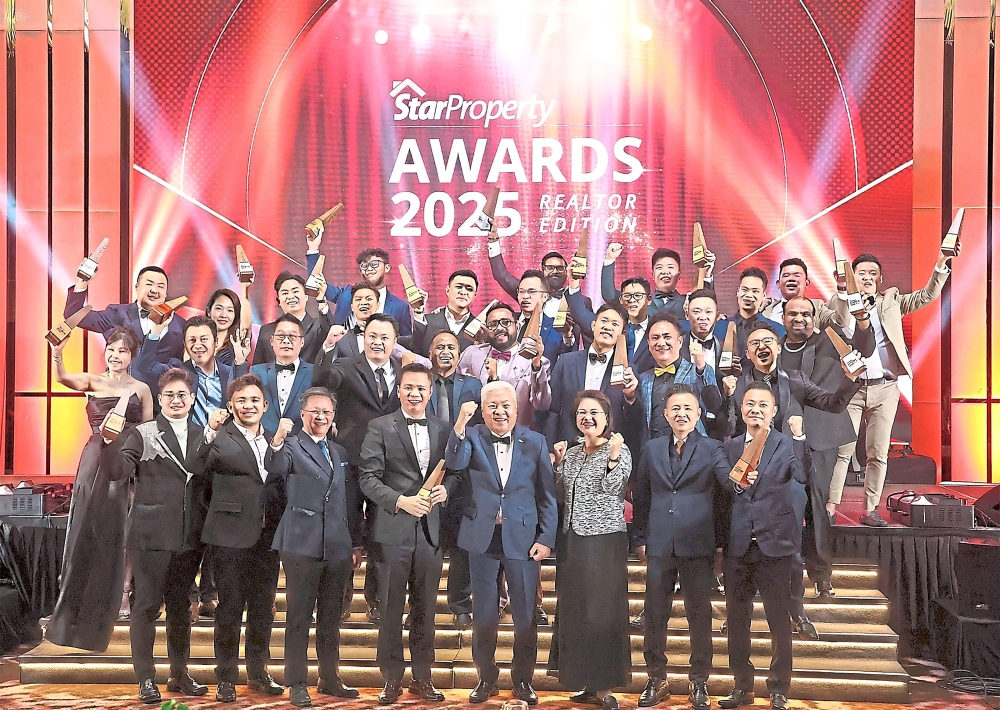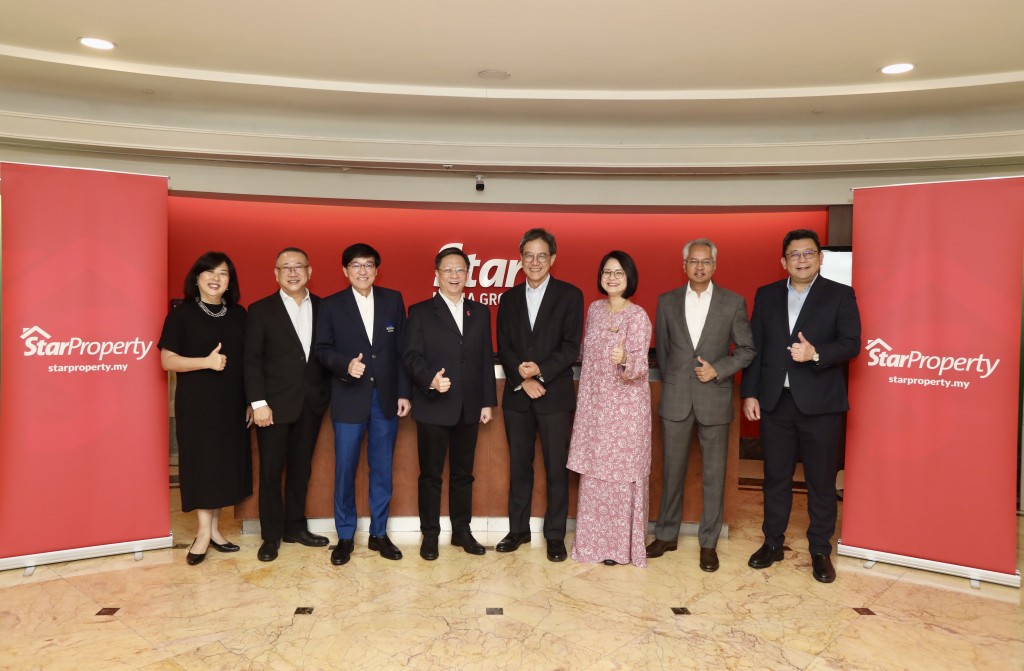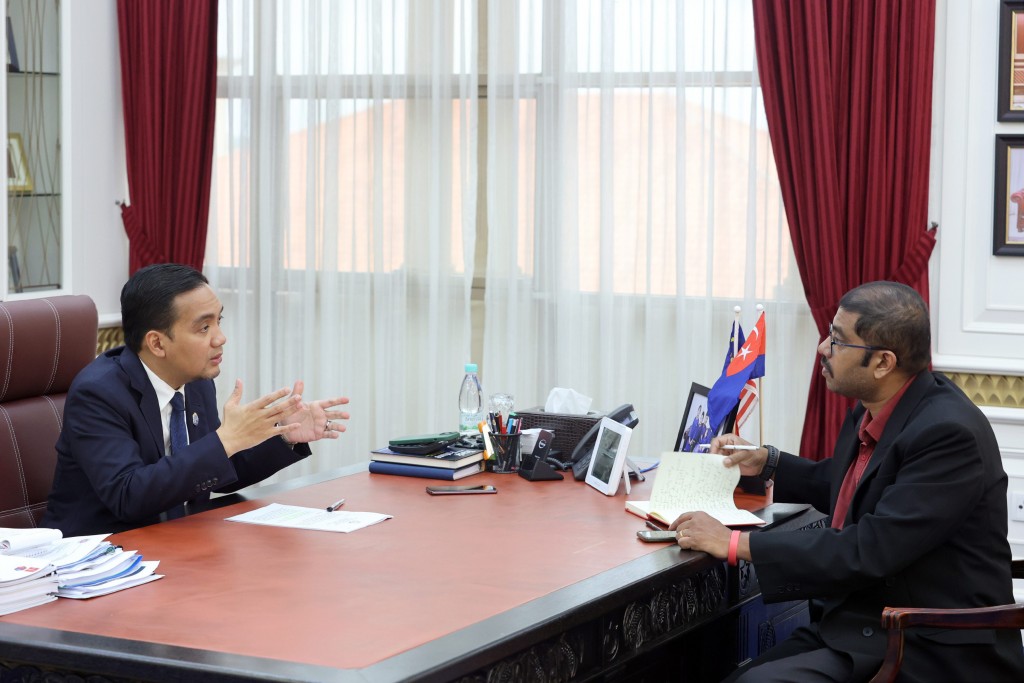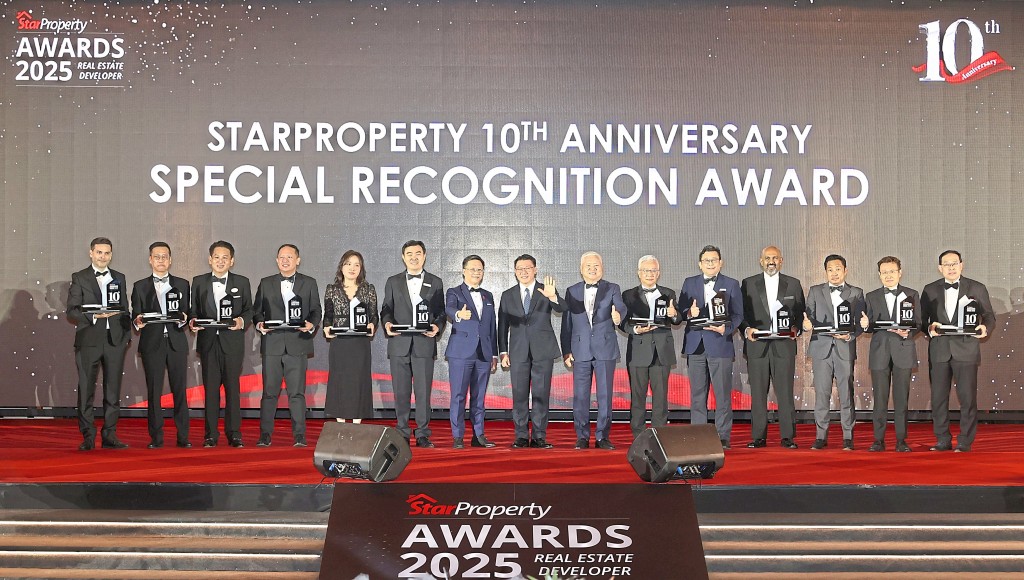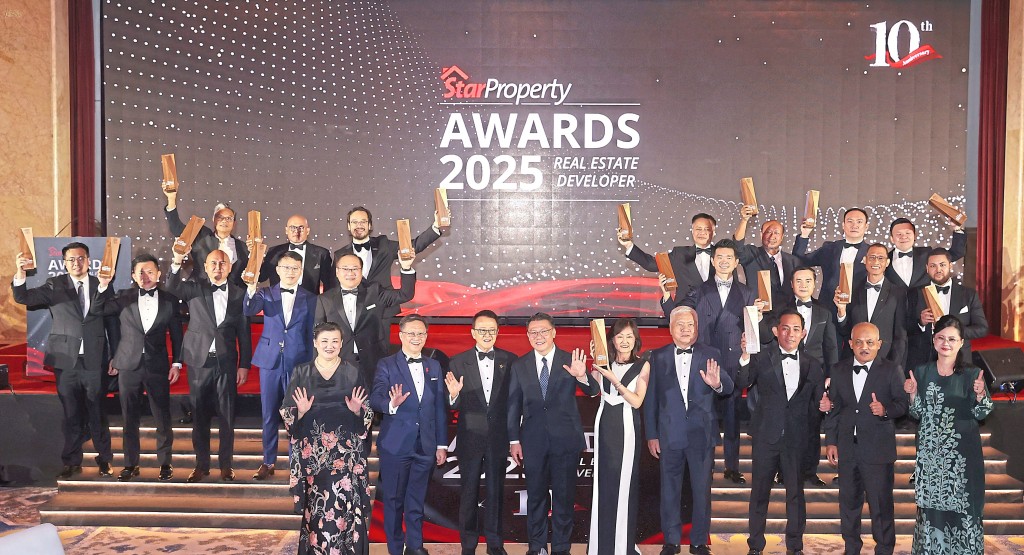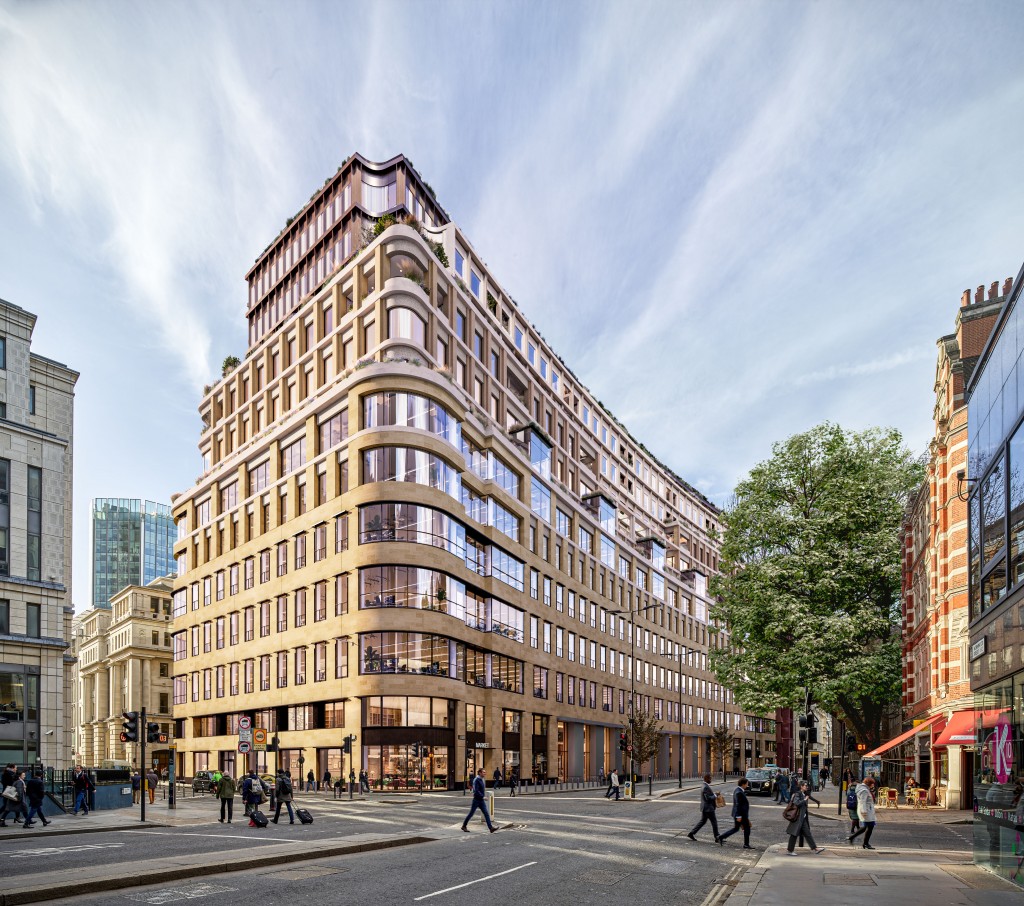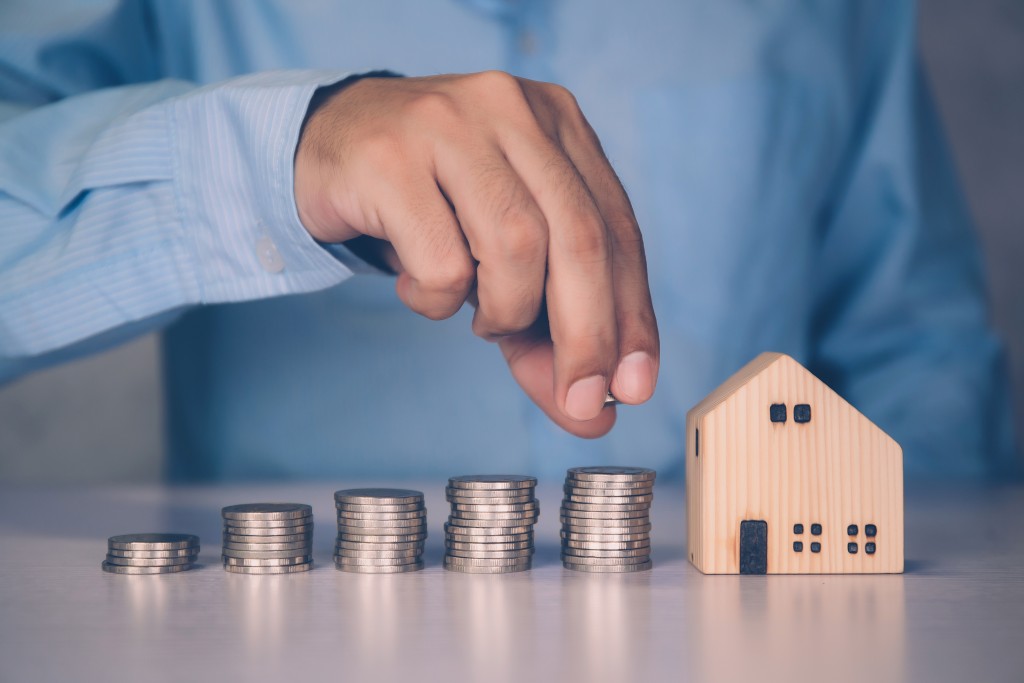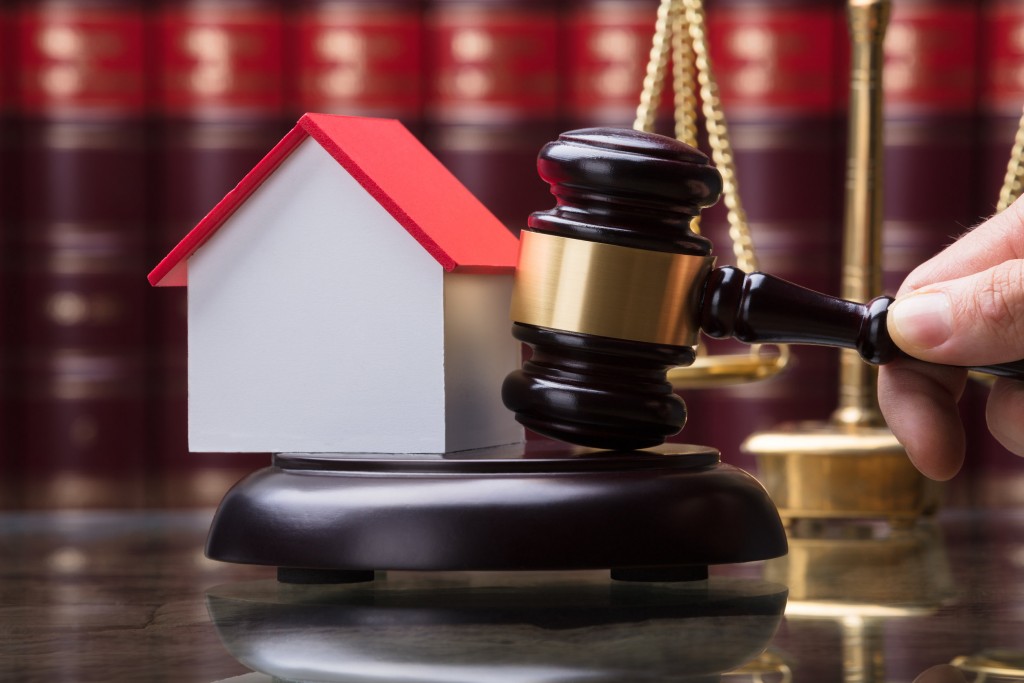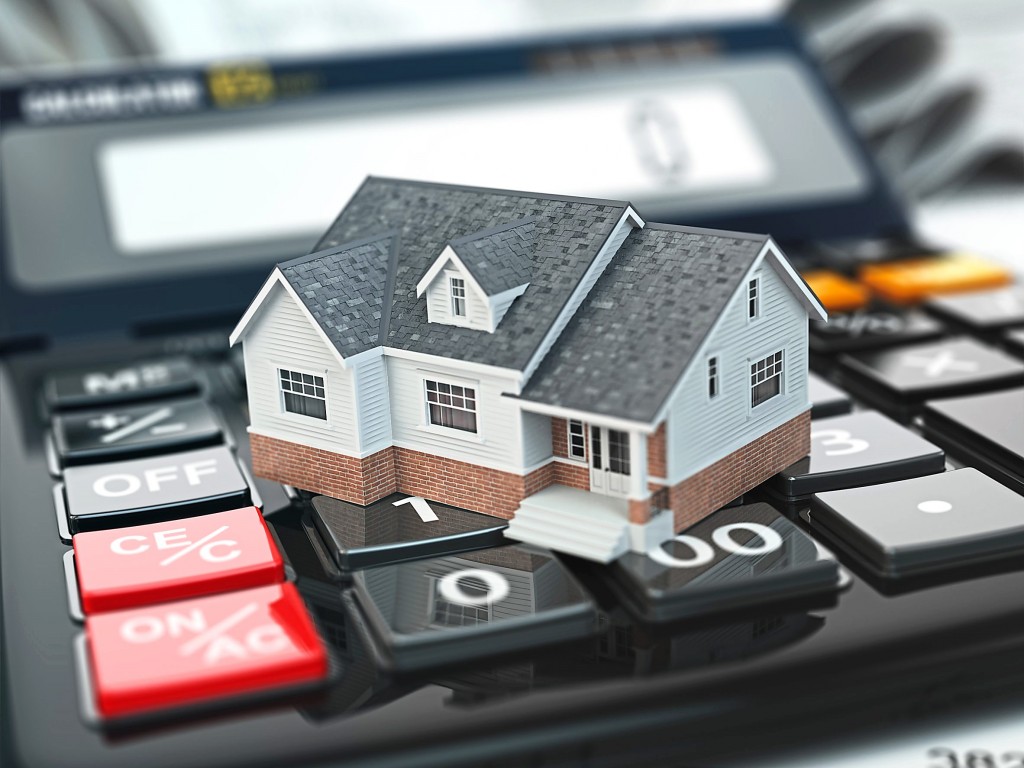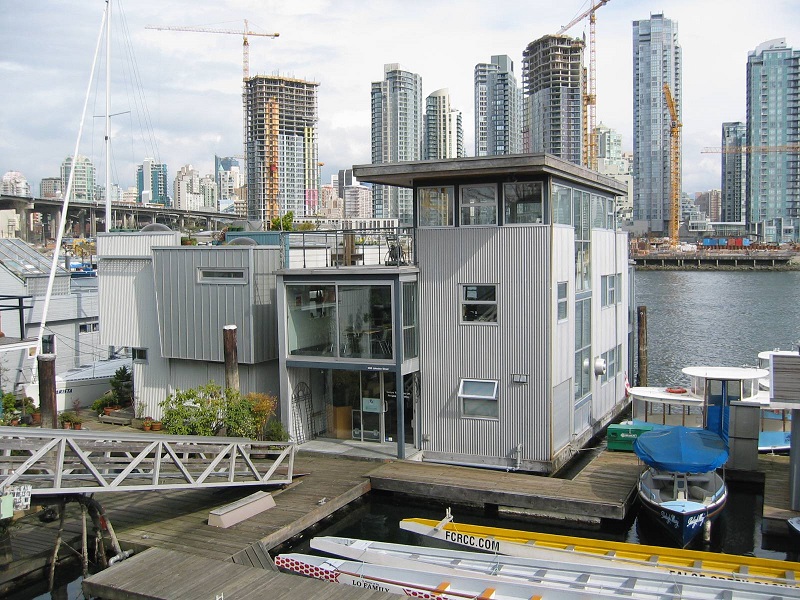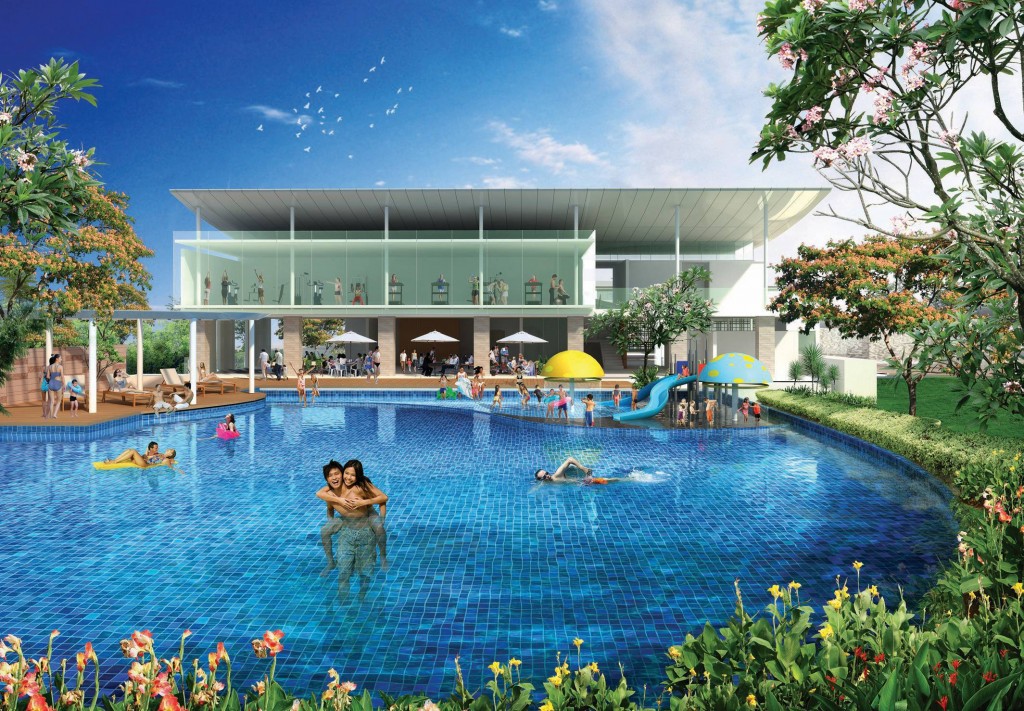Eupe goes beyond greenery to pilot measurable biodiversity protection
Across the globe, the natural world is in crisis. Biodiversity loss — the accelerating disappearance of species and ecosystems — is eroding the very foundations of life.
From forests to rivers to urban fringes, the balance of nature that sustains humanity is being steadily dismantled.
The numbers tell the story starkly: global wildlife populations have fallen by 73% since 1970, according to WWF’s Living Planet Report 2024. In Malaysia, Global Forest Watch estimates that a third of the nation’s tree cover has been lost since 2002.
This decline is a profound human challenge. Biodiversity is nature's 'infrastructure' that supports clean air, fertile soil, stable weather and ultimately, the health and resilience of communities.
Without it, cities and societies cannot thrive. Protecting biodiversity therefore must be a cornerstone of sustainable development.
Setting a high bar
Recognising this, Eupe Corporation Bhd (Eupe) has taken a leadership role in redefining how property development can coexist with and regenerate the natural environment. The company’s newly established Biodiversity Policy goes beyond standard sustainability compliance to position biodiversity as a measurable, life-enhancing component of its developments.
In doing so, Eupe is setting a new benchmark for the Malaysian property industry — one where quality of human life and ecological value grow together.
To understand Eupe’s convention-breaking approach, it is important to appreciate that construction and development activities clear away most, if not all, of a site’s biodiversity value. Most property developments focus on using greenery and landscaping to enhance human lifestyle, rather than protecting or enhancing biodiversity itself.
Furthermore, current sustainability reporting frameworks, including Bursa Malaysia, emphasise surface-level indicators such as the number of endangered species or total protected area. These approaches do not quantify true biodiversity value or track ecological changes throughout the development cycle. As a result, developers cannot measure what they destroy or preserve, often resorting to recreating green spaces that look lush but often lack ecological value.
Replacement must be more than mere landscaping that beautifies and enhances lifestyle value. Recognising this, Eupe has developed an approach focusing on increasing the quality and ecological value of nature within the reduced land available on its sites—ensuring what remains and is restored is richer, more diverse and more resilient than before.
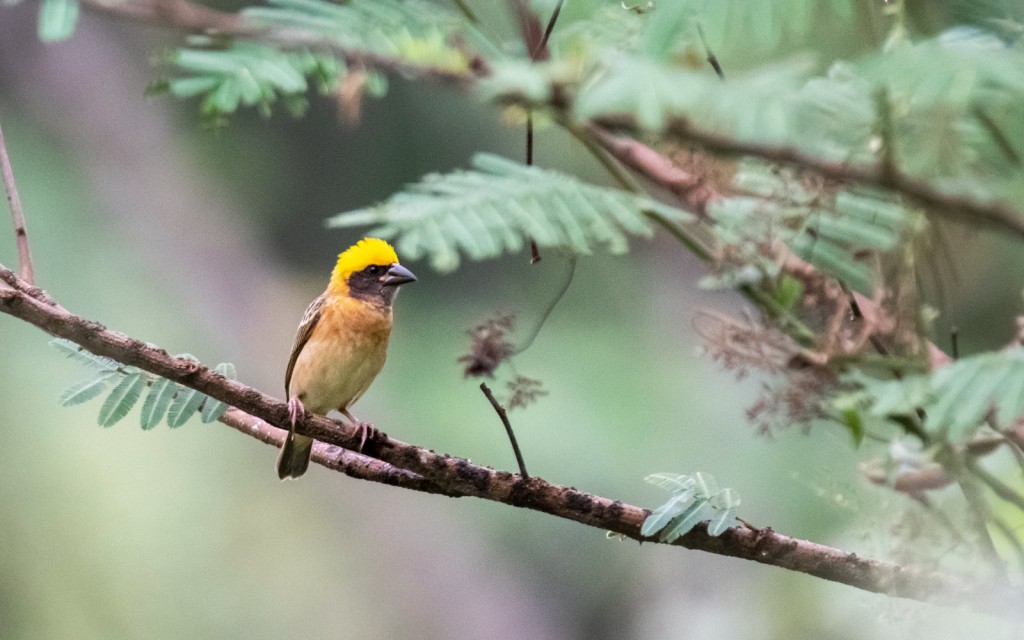
The Baya Weaver is one of the native bird species that Eupe’s restoration efforts aim to protect and provide a thriving habitat for.
Developed in partnership with Southeast Asia’s leading biodiversity consultant Enviro Pro Green Innovations (based in Singapore), the core of Eupe’s Biodiversity Policy is the Biodiversity Accounting Model (BAM), which consists of four comprehensive stages: site survey of flora and fauna; analysis with GIS mapping and detailed flora and fauna ground auditing; value assignment using biodiversity units; and enhancement strategy to maximise net gains.
To minimise biodiversity loss, a Biodiversity Value Score is produced for every project site, quantifying pre- and post-development ecological conditions. The framework, therefore, allows for an informed, transparent and measurable approach based on empirical field-based data, replicable across Eupe’s future developments.
“Our biodiversity work isn’t just about protecting nature — it’s about rethinking how communities can live with nature. We believe the quality of people’s lives is inseparable from the quality of the natural environment that surrounds them,” said Eupe group managing director Datuk Beh Huck Lee.
Pilot at Edgewater and Circadia
Eupe has piloted the approach at its latest developments, such as Edgewater — a 128-acre mixed residential and commercial township in Sungai Petani, Kedah. At Edgewater, a baseline study measuring the site’s pre-development biodiversity value has been completed. A landscaping and biodiversity plan is now being finalised to increase overall flora and fauna species diversity, native species coverage and the number of endangered tree and plant species.
Aiming to share a new Malaysian development standard with the industry, Eupe plans to publicly release the full biodiversity findings and innovative preservation strategy for Edgewater in early 2026.
“With Edgewater, we hope to show that property development and biodiversity are not incompatible; that even when land is transformed for human use, we can design it to bring nature back in a strong, diverse and lasting way,” said Beh.
The model is also being used to measure the biodiversity at the site of its upcoming Circadia@Belfield in Kuala Lumpur and another site in Bangsar, to form the basis of landscaping and greenery design. The outcomes of the approach will be included in its annual sustainability disclosure framework, pioneering a deeper layer of disclosure in environmental stewardship.
Setting a new standard for harmonising property development with biodiversity, Eupe’s biodiversity-led design model marks a new chapter for sustainability. It has demonstrated that biodiversity protection can be methodically implemented with a clear, actionable framework that produces measurable impact.
Stay ahead of the crowd and enjoy fresh insights on real estate, property development and lifestyle trends when you subscribe to our newsletter and follow us on social media.

